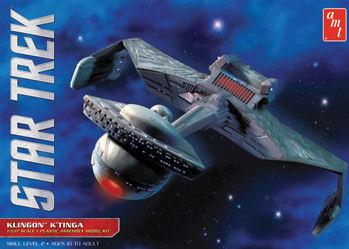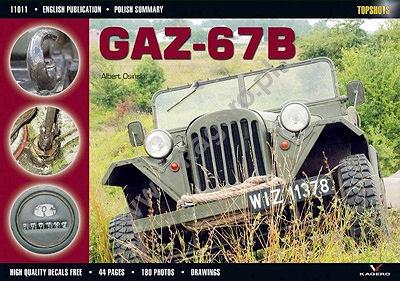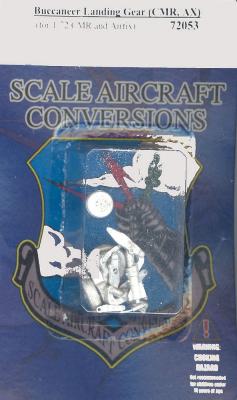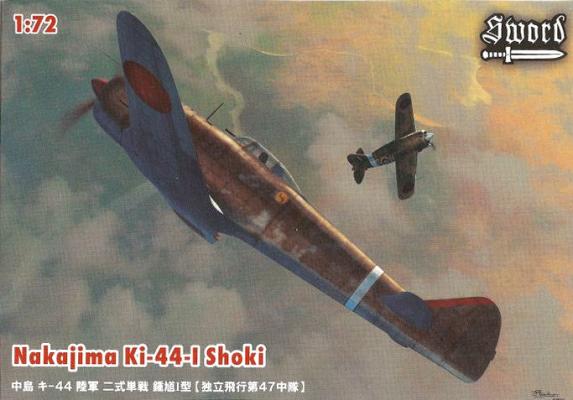Introduction
As a long time fan of the original Star Trek TV series (I watched it during its original run on NBC), I remember anxiously waiting for the release of Star Trek: The Motion Picture in 1979. After seeing how far Hollywood had come with special effects on the Star Wars series, I thought The Motion Picture (TMP, in fan lingo), with its great story lines and history, had the potential to be a great movie. Then, there in the opening sequences, were the three Klingon K'T'inga ships on the big screen with all the additional hull detail, approaching the big, unknown cloud-ship. Shoot first, ask questions later, right? Klingons...














